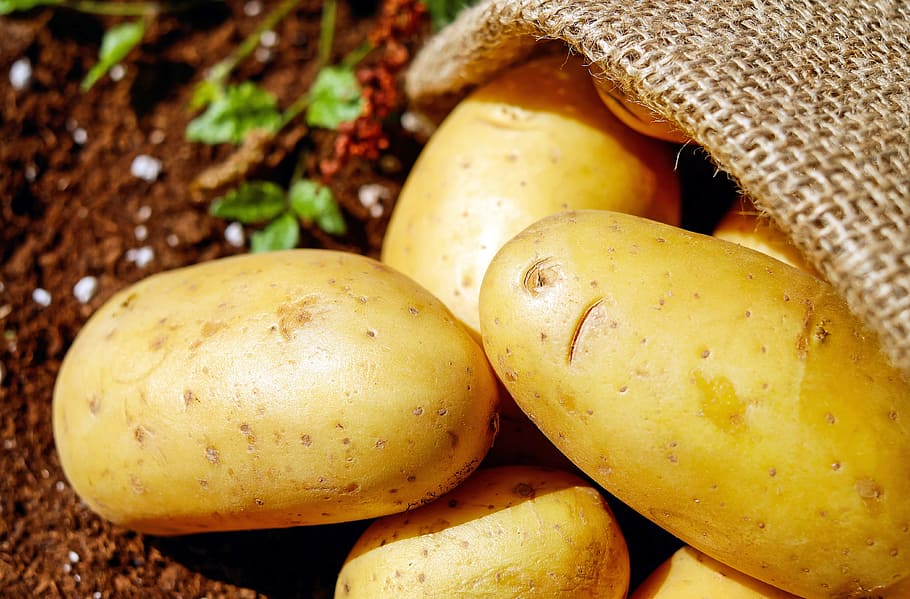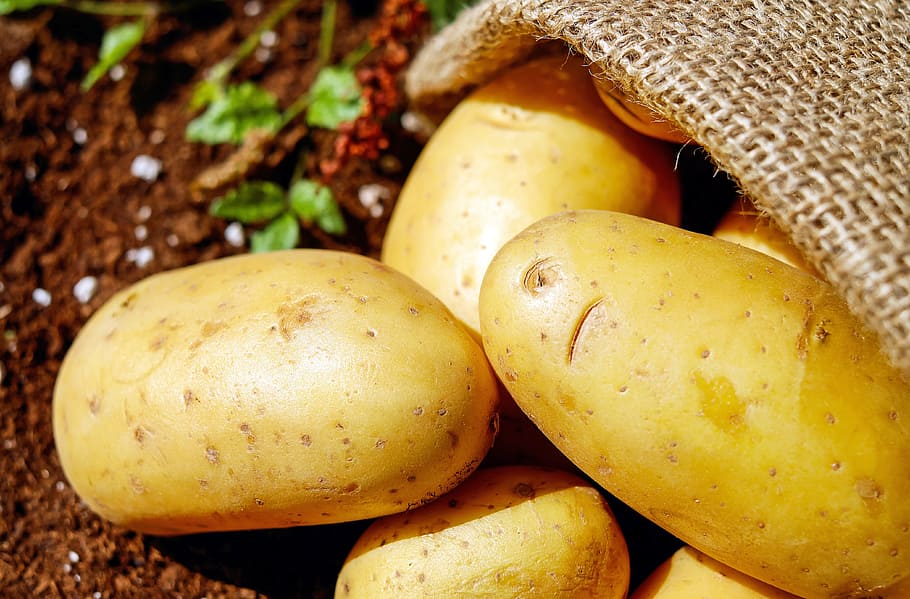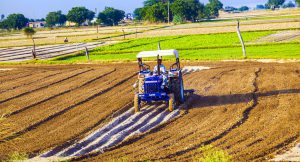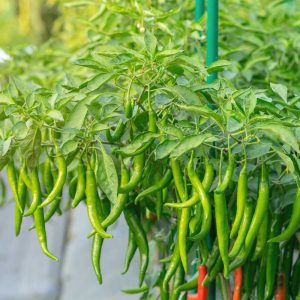Punjab produces just over 5% of India’s potatoes. But the state’s Doaba region — covering the four districts of Jalandhar, Kapurthala, Hoshiarpur and Nawanshahr — supplies practically the entire potatoes that farmers across the country use as fresh “seed”.
Gurminder Singh Sangha harvested 41,000 50-kg “packets” of potatoes from his 2019-20 crop, as against the previous year’s 43,000. Out of the 41,000 packets, only 25,000 comprised “seed” potatoes, down from the 35,000 of last year. The rest 16,000 packets were regular “table” potatoes for direct kitchen consumption that he sold in December-January.
“I sold twice my normal quantity of table potatoes as the prices in December, at Rs 800/quintal, were four times the level a year ago, and rose further to Rs 1,400-1,500 in January. I needed the money and decided to grow less of my crop for selling later as seed,” says the 38-year-old who cultivates the tuber on 200 acres, 17 of his own and the remaining leased, in Nawanpind village of Punjab’s Kapurthala district.
Punjab produces just over 5% of India’s potatoes. But the state’s Doaba region — covering the four districts of Jalandhar, Kapurthala, Hoshiarpur and Nawanshahr — supplies practically the entire potatoes that farmers across the country use as fresh “seed”.
Farmers in this belt sow their crop between mid-October and end-November and harvest from mid-February to end-March. The harvested tubers are kept in the fields under the cover of paddy stubbles for 2-3 weeks. Once their peels get sufficiently hardened, they are put in cold stores for sale as seeds to farmers both in the kharif (May-July) and rabi (October-November) planting season.

But farmers like Sangha — who supplies to West Bengal, Uttar Pradesh, Bihar, Gujarat and Karnataka — have this time harvested a significant part of their produce in December-January itself for selling as table potato. “Growing and selling seed potatoes would have taken longer. When the rates for table potatoes were so good then, it made sense to harvest immediately and sell more of it,” he points out.
Harpreet Singh, a farmer from Sarai Kham village in Jalandhar district’s Nokodar tehsil who grows potatoes of 40 acres owned and 110 acres leased land, has done the same. While his total crop is unchanged at around 30,000 packets, the share of seed-potatoes in that has fallen from 28,000 in 2018-19 to 20,000.
“The seed-potatoes I harvested in 2016, 2017, 2018 and 2019 fetched Rs 400-500/quintal, not covering even half of the cultivation cost. This time, I was getting Rs 1,000-plus even from table potatoes, which hit Rs 1,600 levels by mid-March before the lockdown. Knowing how unpredictable prices are, I sold more produce as table potato and reduced the quantity kept as seed in the cold store,” explains Singh.
Currently, farmers in Doaba are realising Rs 2,000-2,200 per quintal for table potatoes and selling seed at Rs 3,000-3,500.
“We are seeing such prices after more than four years,” exclaims Harjinder Singh of Malliwal village in Jalandhar’s Shahkot tehsil. This farmer has, however, harvested only 10,000 packets from 42 acres, compared to 21,000 from 90 acres in 2018-19. His seed-potato production, too, is down from 16,000 to 7,000 packets.
The above windfall for Punjab’s potato growers may come at a cost though – in the form of reduced availability of fresh seed for planting during the main rabi season from October. And that could put pressure on retail prices, which are already gone up 50% in the last three months.
The seeds planted by farmers are usually the tubers themselves having “eyes” or nodes. These eyes are what sprout and form new tubers underground. The size of the tubers for seed-potatoes has to be maintained at 45-55 mm — as opposed to 70-90 mm for table potatoes — and this is done by regularly trimming the stalks above the ground to prevent extra growth.
When seed-potato supplies are low or prices too high, farmers plant the regular table potatoes that they have stored from the previous crop. But the yields from these are 15-20% less and can go down to 30-35% in the following year. Either way, production gets affected.
According to the Punjab government’s horticulture department, the state’s potato output has risen from 27.24 lakh tonnes (lt) in 2018-19 to 28.77 lt this year. “Normally, around 16 lt of our production is for seed purpose and the balance 12 lt for sale as table potato. But this time round, only 14.5 lt was produced as seed potatoes, out of which 2 lt was already dispatched for kharif and 12.5 lt are still in cold stores,”
That 1.5 lt of less seed, which will also mean more diversion of table potatoes for planting, could keep prices firm for some time.
Source: https://bit.ly/3jD176F





